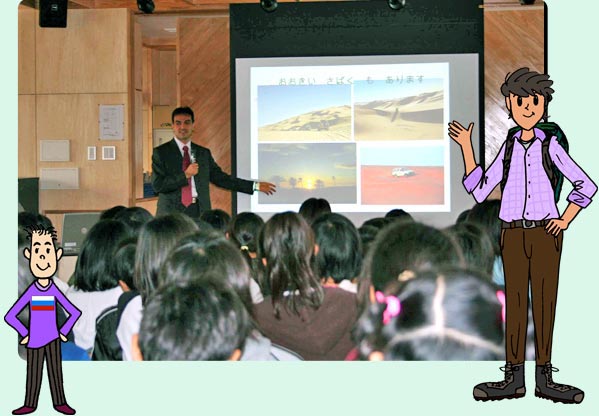
Japan teamed up with the United Nations and other international organizations to hold the Fourth Tokyo International Conference on African Development (TICAD IV) this year. TICAD was launched to promote high-level policy dialogue between African leaders and development partners. The host city for this year's conference, Yokohama, held various events in the month of May, which it designated African Month.
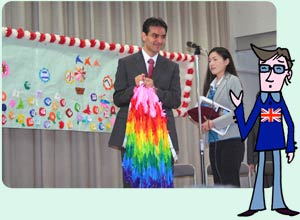
One such campaign was the "One School, One Country" project. Students at each of Yokohama's 55 municipal elementary schools studied one of the 35 African countries that have embassies in Japan. We visited one of these schools, Yokodai Daini Elementary School, to take a look for ourselves.
Experiencing the Charms of Tunisia
Students at Yokodai Daini researched and produced reports about the Republic of Tunisia, a country in North Africa. On May 14 Mr. Maher Trimeche, the first secretary of the Tunisian embassy in Japan, paid the students a visit and taught them about Tunisia in person.
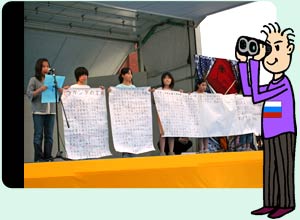
Mr. Trimeche held a special lesson for the school's sixth graders. He taught them about different aspects of Tunisia, including its natural environment, history, and food using various photographs. When shown pictures of the Mediterranean city of Sidi Bou Said with its blue and white painted buildings, students grew excited, exclaiming "Wow, it's beautiful!" and "I want to live in a house like that!" After the class, one student said, "I didn't know very much about Tunisia, so it was a lot of fun."
Presentations on Africa
In order to increase people's understanding and recognition of Africa, the Ministry of Foreign Affairs holds a yearly outdoor event called "African Festa." This year the event was held on May 17 and 18 in the historical Yokohama Red Brick Warehouse multipurpose complex in the Yokohama Bay area.
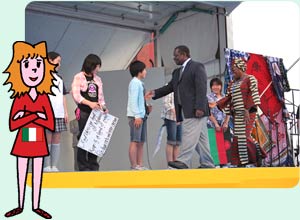
On May 17 students from four of the Yokohama elementary schools participating in the "One School, One Country" project gathered at the complex, where they presented the results of their research on Africa before a large audience.
The first to take the specially prepared stage were 10 sixth-grade students from Motomachi Elementary School, who had researched the Republic of Uganda. After receiving encouragement and handshakes from the Ugandan ambassador, the students told the audience about Ugandan nature, history, cuisine, and other topics while displaying a large poster on which they had written their report.
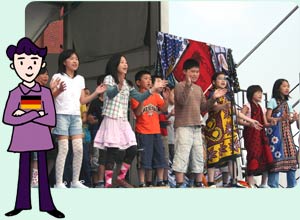
Next up were six sixth graders from Hishita Elementary School, who had learned about the Republic of Malawi. Each student memorized his or her portion of the presentation, giving an easy to understand explanation of Malawi's biodiversity, natural features, and the meaning behind the images on the country's flag.
Third to give their presentations were 57 students from Honcho Elementary School, who had studied the Republic of Kenya. The students divided into groups and gave rhythmical presentations on topics like Kenya's food, key products, and flag imagery. The section in which the children sang a Kenyan song was a big hit, spurring members of the audience to clap along.
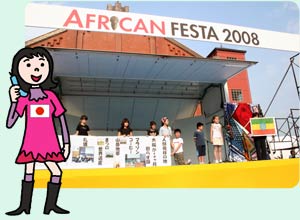
Last to present were eight students from grades four to six of Tobe Elementary School, who shared their research on the Federal Democratic Republic of Ethiopia. They introduced various fascinating aspects of Ethiopia, such as its marathon runners and its delicious coffee.
The "One School, One Country" project introduced Japanese students to the charms of African life and gave them a chance to experience it for themselves.










